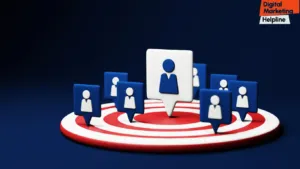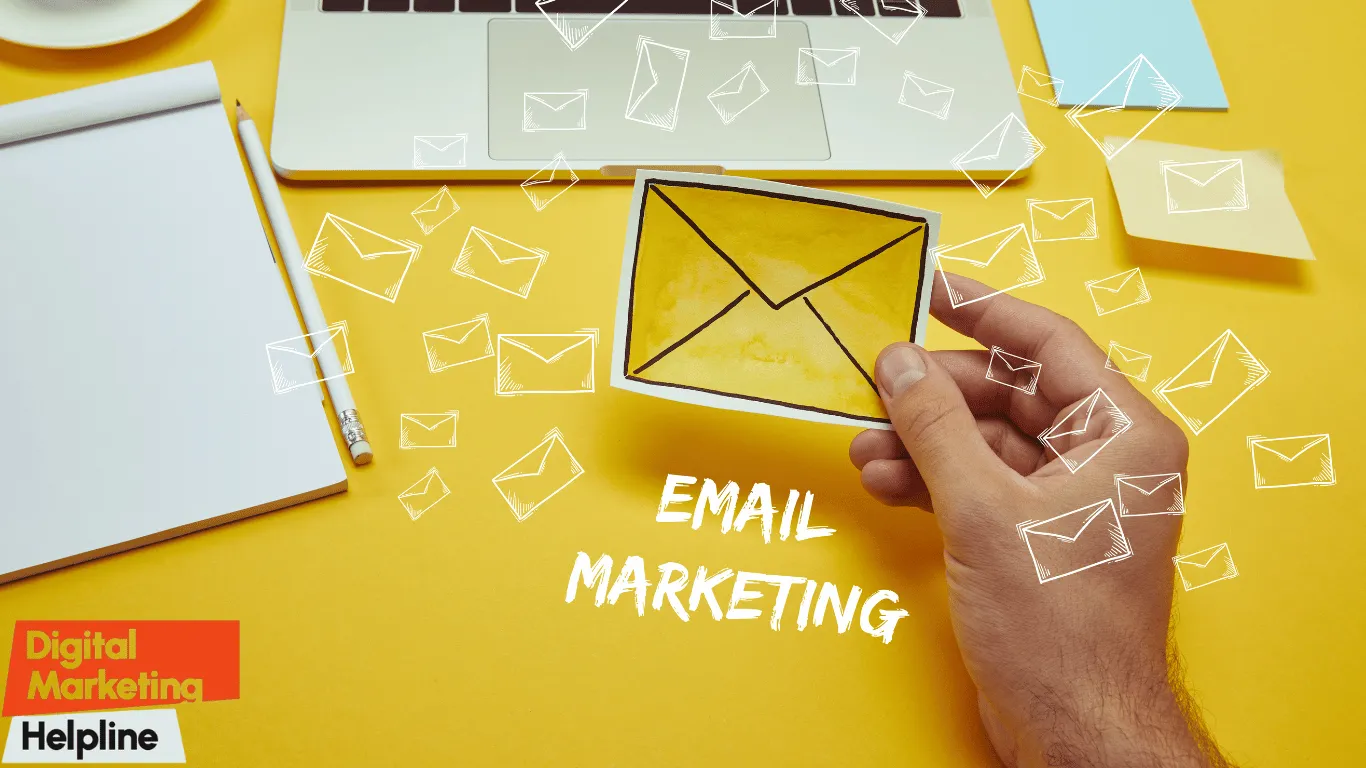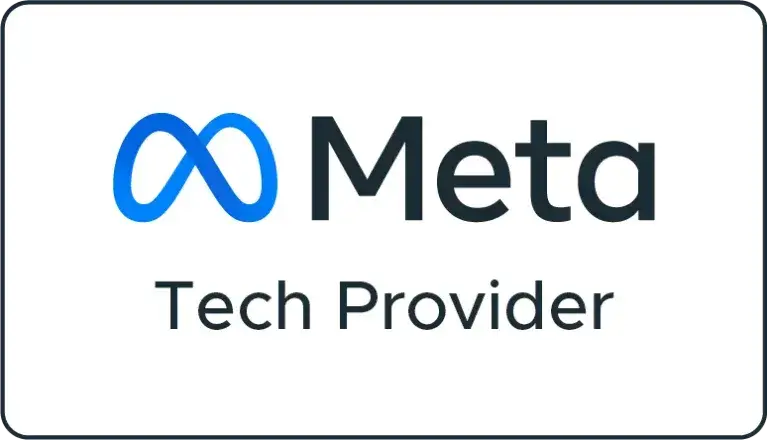The Importance and Concept of E-mail Segmentation for Higher Engagement

Introduction
If you’ve already launched your journey in digital marketing, the chances are that you’re aware of how powerful email marketing can be. Yet, how do you make sure that your subscribers find your emails appealing and stop ignoring them? The answer is rather simple – email segmentation. Just to give you a clear perspective of the cost of not doing so, let’s imagine that you sent your email list the same generic email. Although it reached a broad audience, people did not feel special reading it since it didn’t address their needs specifically. Email segmentation, however, allows you to divide your audience into smaller, target-specific groups. By doing so, you can expect:
Boosted engagement
If your email is aligned with the specific needs and preferences of people, it will be more meaningful to them.
Increased conversions
The more meaningfully you address audience-specific needs, the more click-throughs and conversions you can expect.
Less traction
No one wants to bother with irrelevant messages in their email. On the other hand, segmenting can help you send content that resonates with everyone.
What Is Email Segmentation?
Email segmentation is a term that refers to the email marketing practice of dividing your email list into smaller, more specific groups based on certain criteria. Instead of sending a one-size-fits-all email to everyone you’ve gathered, you are now able to create tailored messages for each of the segments. Here’s why it definitely matters:
Personalization
By closely analyzing the preferences, previous behavior, and even demographics of your subscribers, you can make sure that you write a message that resonates with all groups.
Relevance
When emails are relevant to your target audience, they are more likely to rapidly grab attention.
Improved metrics
You’ll undoubtedly notice higher open and click-through rates and conversions due to segmented campaigns.
Types of Email Segmentation
The segmentation process can rely on a variety of factors that categorize audiences. Four primary segments to consider include:
Demographics
- Age group, gender, and location
- Example: Sending different offers to male and female subscribers
Behavior
- Actions and interactions
- Example: Send different ads to people who purchased something recently, abandoned their carts, or visited your website many times.
Psychographics
- Interests, values, and lifestyle
- Example: Creating emails for bingo enthusiasts and families.
Lifecycles
- Describes the audience’s state in the buyer’s journey with business
- Example: Sending welcome emails to new subscribers and re-engagement emails to silent subscribers.
Types of Email Segmentation

There are several ways companies can segment their emails, and all of them stem from a need to understand the audience and base the emails on their behavior, interests, and expectations. These are:
Demographics
- Segmentation based on age group, gender, address, education, and other distinguishing aspects
Behavioral segmentation
- Based on the previous interactions between the audience and the company
Segmentation by generations
Psychographics
- Interests, values, and lifestyle-based segmentation
Lifecycle stage segmentation
- Depending on where a user is in the customer journey. The stages include:
- New subscribers who receive welcome emails, onboarding content, and introductory offers
- Active customers who receive upsell, cross-sell, and loyalty rewards
- Inactive subscribers, who need to be re-engaged with special promotions or news
- Churned customers, can be “won back” through targeted and personalized incentives
Designing and Launching Targeted Email Campaigns

To design and launch targeted email campaigns successfully, a user needs to develop a strategy and follow several steps.
Data collection
Before segmenting an email list, a user needs relevant data. Methods of collection include:
- Sign-up forms
- Purchase history
- Behavioral tracking
- Surveys and feedback
Segmentation strategy
Define segments that will help achieve specific business goals. The considerations include:
- Customer personas
- Segmentation criteria
- Segment size
Content personalization
Once segments have been defined, personalize content by creating:
- Tailored messaging
- Dynamic content
- Product recommendations
A/B testing
User should also optimize the campaign through A/B testing of different components like:
- Subject lines
- Call-to-action
- Content variations
Automation
User can also set up automated workflows that are triggered by user behavior such as:
- Welcome series
- Abandoned cart emails
- Re-engagement campaigns
Examples of Email Segmentation
E-commerce personalization
A popular online fashion retailer wants to increase engagement and conversion among its customers, who are diverse demographically.
Segmentation Approach
- Demographic
- Age, gender, location
- “Women aged 25-34”, “Men aged 18-24”, etc.
- Behavioral
- Browsing history, purchase frequency, cart abandonment
- Frequent shoppers, buyers in the last 30 days, and users who abandoned the cart.
Campaign Examples
- Abandoned cart recovery
- Include product images and personalized CTA. Use a discount. A reminder about what was left inside, stimulates purchasing.
- Birthday offers
- Use demographic data about their birthdays. Compile a letter to say happy birthday, offering a discount or a free gift. Make them feel valued and appreciated.
Travel Industry Segmentation
A travel agency wants to reach out to travelers interested in alternative destinations.
Segmentation Approach
- Psychographic
- Traveling preferences, lifestyle factors
- Track users’ interactions.
- Behavioral
Campaign Examples
- Destination-specific offers
- Adventure tours, a few days in a spa, etc.
- Seasonal promotions
- Summer holidays, winter getaway.
Subscription Services Customization
A subscription box company wants to update and engage its clients in frequent shopping.
Segmentation Approach
- Behavioral
- Subscription type, user preferences
- Consider lifestyle.
- Lifecycle stage
Campaign Examples
- Personalized products recommendations
- Recommend products based on users’ preferences.
- Re-engagement Emails
- For those inactive subscribers, it is suggested that companies give them some incentives or prompt them to continue using the subscription. For example, let them use their subscriptions for an additional few weeks.
Email Segmentation Best Practices
Email segmentation requires finesse and thoughtfulness. Below are the best practices for making sure that you can maximize your campaigns:
Begin small
- Start with basic segments: avoid getting yourself overwhelmed by creating too many sub-segments at a go. Instead, focus on broader categories such as demographics and behavior and then refine them as you gather more information.
Clean your list regularly
- Get rid of inactive subscribers: you need to prune your email list regularly since inactive subscribers can kill your engagement metrics.
- Re-engage them or let them go: gradually experience the inactivity of your subscribers and set them up for re-engagement campaigns. If they do not respond, it is fine to let them go.
Avoid over-segmentation
- Make sure your granularity is balanced: There should always be a balance between granularity and how many segments you have. For one, every segment should be significant and not superficial to work towards capturing a more significant portion of the overall audience.













